Let me ask you a quick question squire. What do you think of when you think about all matters related to the rig concealment?
No doubt the first thing that you would think is obviously the visibility of everything from the rod tip down to the terminal tackle (not forgetting keeping a low key bank-side profile in terms of sound, light and vibration).
Sometimes the difference between getting a bite or not on a tricky venue is the carp’s frame of mind. If they’re on edge it makes everything harder and they will take longer to drop their guard and start having a relaxed feed. This is the why! This is the crux of deception we’re trying to hood wink the fish with. If they don’t know we’re they, and don’t realise they are being fished for, then our life is so much easier as carpers.
Screaming clutches, bleeping buzzers and bendy rods. In other words ‘living the dream’…
A covert bank side presence cannot be over stated. Make no bones, it is as important as all the other considerations and setting good habits at the start of your carp fishing journey will inevitably hold you in good stead for a lifetimes angling (whatever species you choose to fish for).
No stamping about, bright lights moving around in the swim, loud noises (throw your mallet away!) or blatant positioning of your carp hovel right on the bankside by your rods – unless the fishing situation dictates you do then you have to be mouse like and discreet – and always look away from the water when you have your head torch on. In other words treat each and every scenario as if the fish are there, just out of view down the marginal shelf and you won’t go far wrong.
We are all willing to go to pretty extraordinary lengths in order that we achieve the desired devious and surreptitious trap, by camouflaging almost everything that could give our game away. Slack lines, heavy leaders, added weights and almost every other imaginable means of pinning everything down to the lake bed, hopefully avoids the fish from feeling the lines as there when they are mooching around, browsing on either naturals or our bait.
Natural looking lead coatings and dull covert finishes applied to hooks, rings and swivels to reduce any chance of glare in clear water only add to these ongoing efforts to make sure that the rig and end tackle blend in seamlessly to the area. No effort is too great and rightly so too.
But are we missing something?
Am I the only person that asks whether there are any other areas of tackle concealment that we have missed? Another consideration in terms of making sure that the fish are not aware that they are being angled for?
Call me potty, but I’m starting to think that there is…
So, what am I going on about? Where’s this going? Let’s start by thinking about the physiology of a carp. What are the senses they use and how would they identify impending danger?
It’s logical that all fish are hard wired to flee when they sense imminent danger – and if you think about it that’s not at all surprising really. After all, as a small fish in a big pond this is the only mechanism of surviving to maturity in a wild world surrounded by potential diners that are hungry and want to eat you…
Obviously the stand out one is sight/vision, and I would say that we have that covered to a fair extent already – so tick that box, and let’s move on…
Touch is also hugely important by largely covered by our efforts to pin down the line and end tackle. There are subtle variations that may be of benefit in situations where your line is held up by weed just shot of the spot (based on the premis that they will inevitably bump the line at some point) and that’s where specialist products with a natural feel like super soft and smooth Camflex Leadfree comes into their own. Again an area that is already well documented and well understood.
The next is the highly complex sense of taste and smell that is the carp’s olfactory system. Ever since I can remember, bait anglers have been taught to rinse their hands clean before touching bait or terminal, just to nullify the slightest chance that something on our digits could potentially taint the bait with an odour that would be sensed and turn a feeding fish away from the sucking in the hookbait.
Certainly after filling a Coleman or rolling a fag it would be an eminently wise precaution measure to rinse off your hands. Why advertise your presence if you don’t need to – and just as all animals have a distinct individual odour, we as a species must have our own too. Common sense dictates this. I think that rubbing liquid attractors into leaders and the like may not do a great deal in terms of attraction, but if they mask our smell then perhaps that is just as important and yet another step forward in catching the carp of our dreams. So, I think we can say another box ticked and you never know, it might be another couple of percent gained in terms of attaining our aspiration of angling as efficiently as we can
That leaves one key sensory area – vibration (which also crosses over into sound which is just a form of vibration) and though anglers think about it in terms of their own presence I’m not sure if I have ever read about it as a consideration related to terminal tackle!
We already know all too well that noise and vibration travels amazing efficiently through water – and this means that the carp can be aware of our presence due to the slightest tremble transmitted through peaty ground, or a twig breaking, or even a raised voice.
Anyone that has done scuba diving or snorkelling will be aware of just how acute (almost amplified) even the slightest under water sound becomes. Fish feeding amongst coral or rooting through course sand make easily audible sounds that even a human ear can perceive – so just imagine the cacophony that a fish that has evolved for millennia are aware of.
All those crunchy baits aren’t successful simply because of the texture – the sound arouses interest from other fish and this in itself is quite possibly a greater competitive feeding stimulus than any magic dip or powder. Competitive feeding is key in so much angling, and this is another way to stimulate that response…
From that point of acceptance, of a fish’s finite and amazing perception of its environment and its ability to pick up the faintest sound, then it’s only a tiny cognitive step to recognise and accept the key point of this piece.
Is it not utterly logical that the fish could ‘hear’ the rattle of metallic components rattling about as they disturb an area? Even a careful carp, gently browsing around over a baited spot will displace enough water to cause a rig like the 360 to rattle about like an old chain.
As I said to my mate Gav recently (whilst cogitating on this possibly paranoiac topic) and whilst I stood rattling one of his rigs around next to his ear, I said something along the lines of “If we can hear it, they bloody too can Gav!”. That encapsulates the issue perfectly…
Do you think that’s mental?
I don’t… It’s just another element to consider in terms of tackle concealment. And although it may not matter most of the time – if you get just one extra bite in a campaign, it could end up being from the wariest and rarest, most prized fish in your lake. Wouldn’t that make considering the rattle factor worth a moment of reflection? Hell yeah…


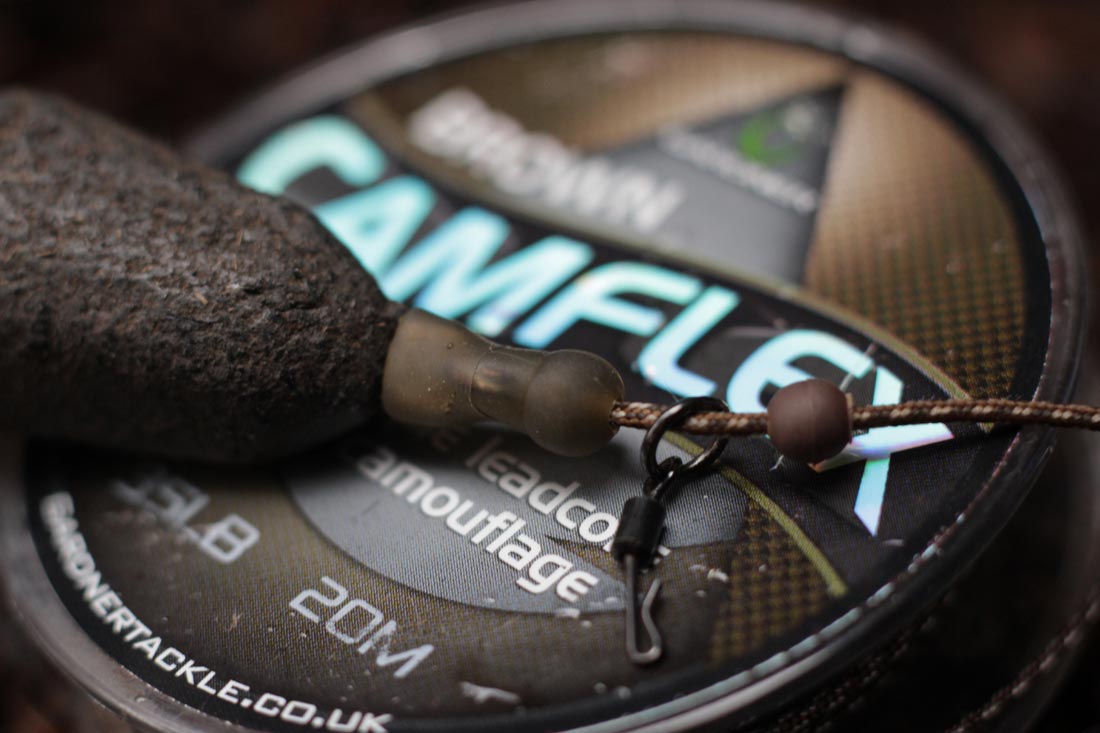

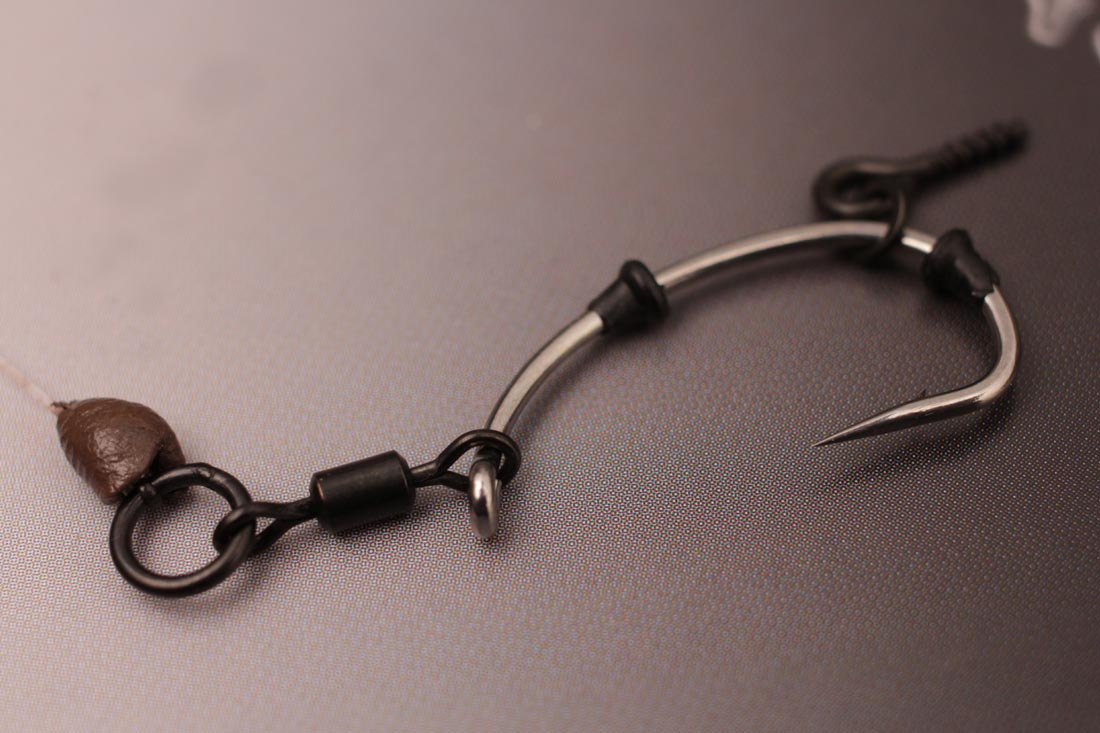
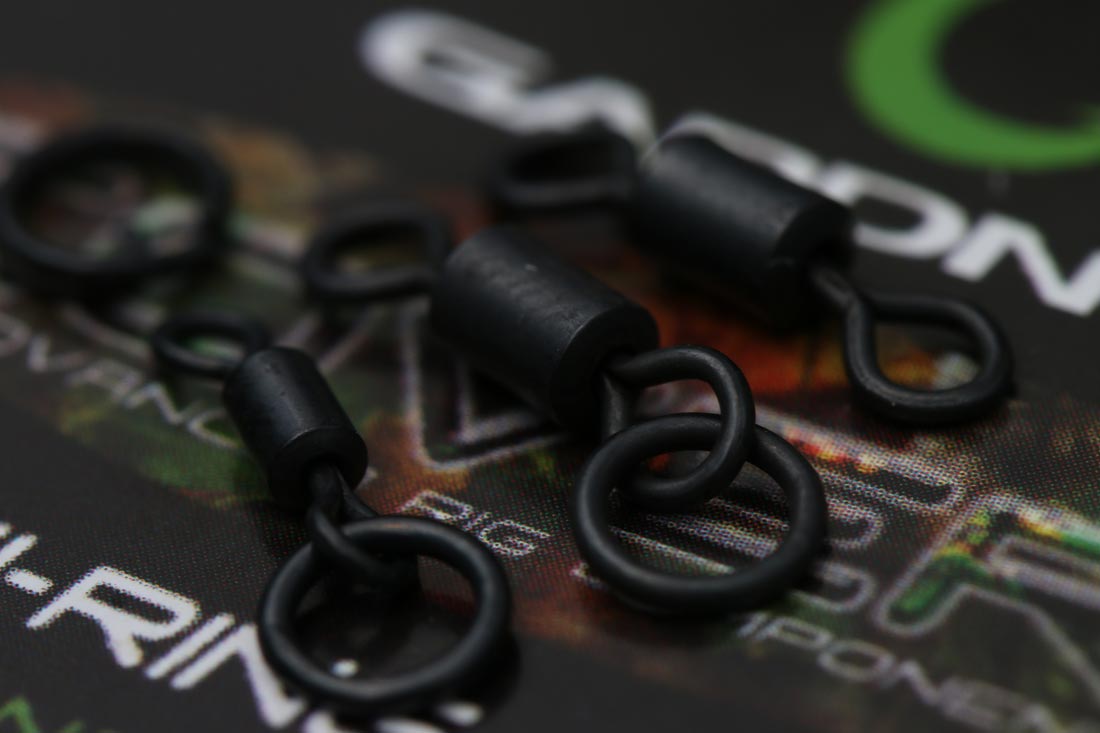
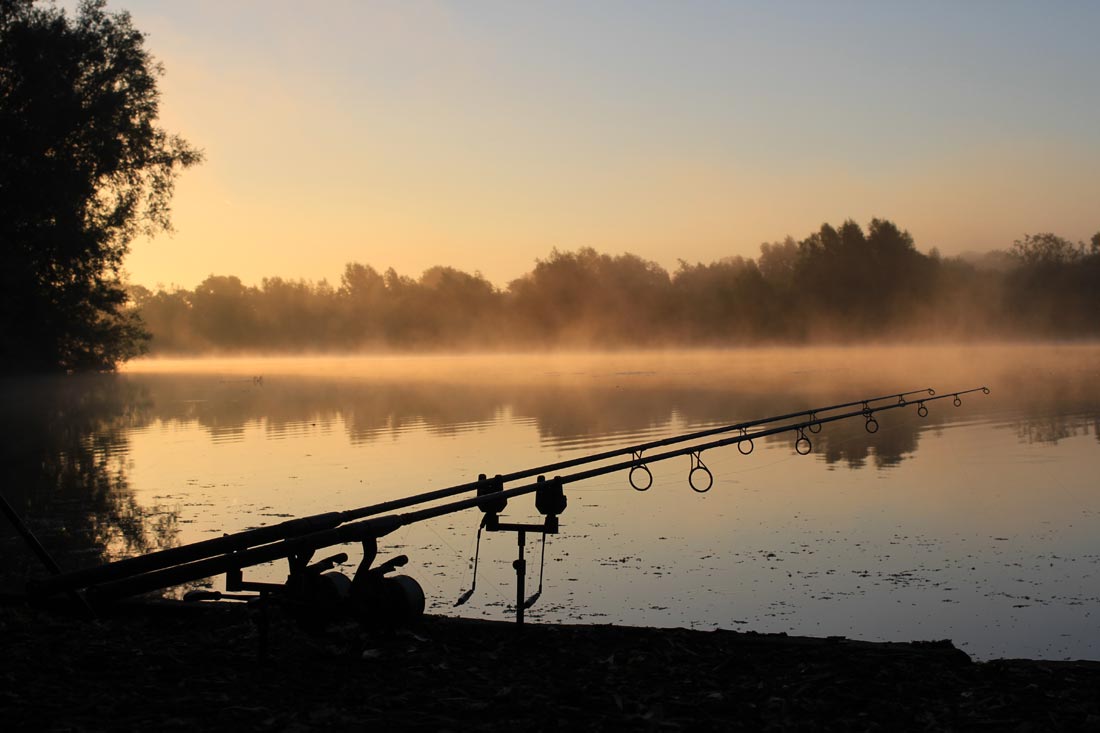
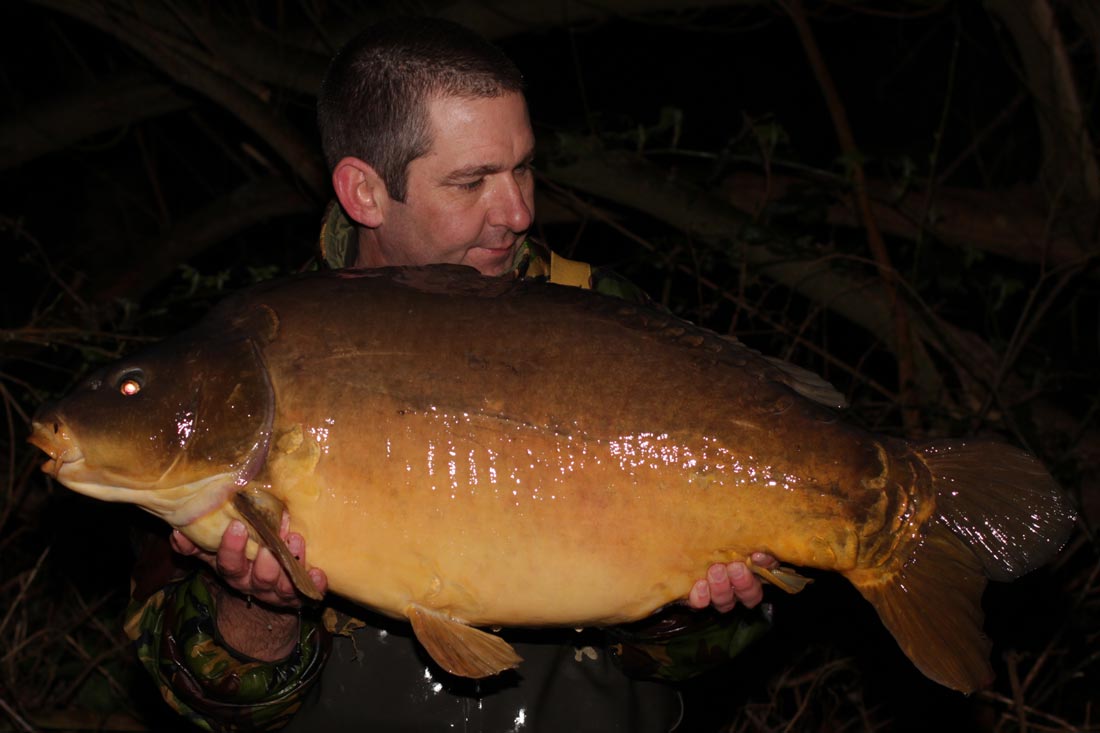
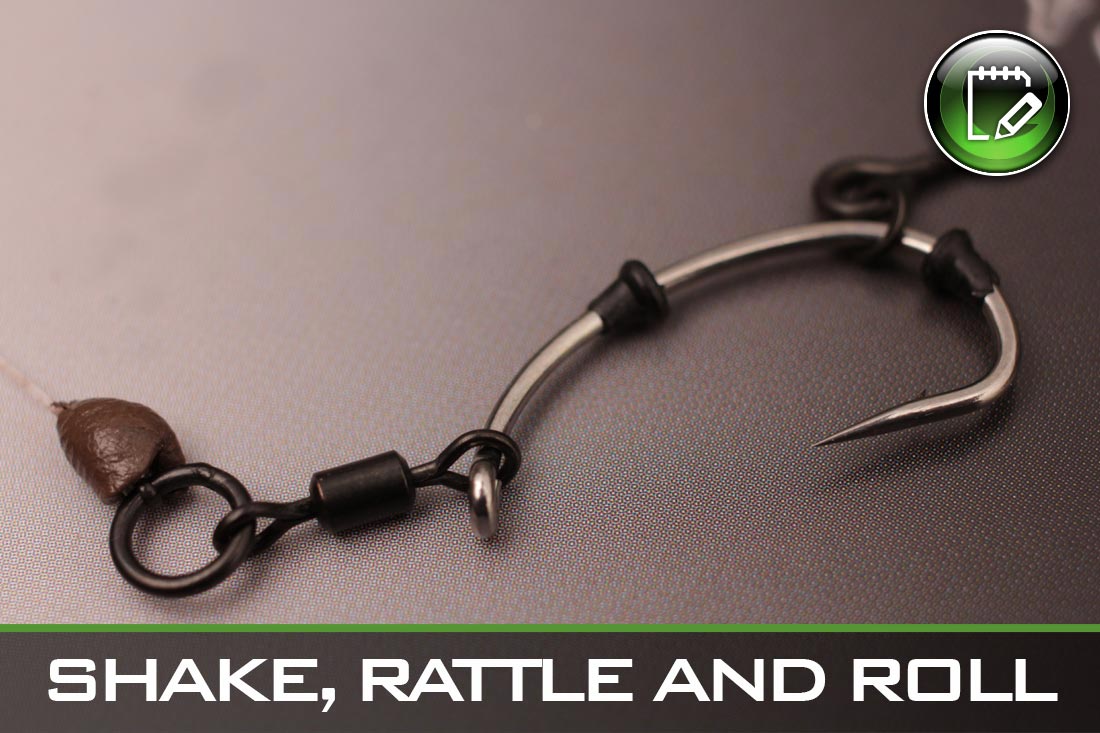


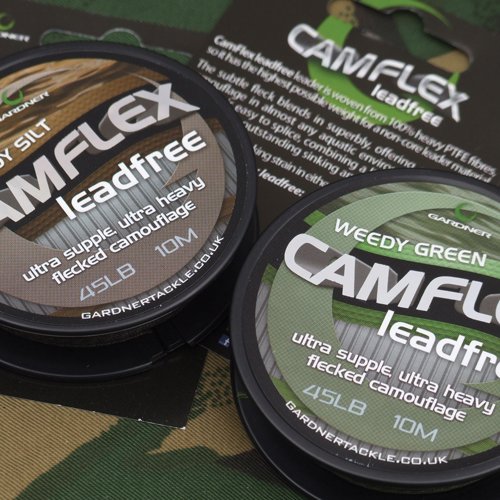
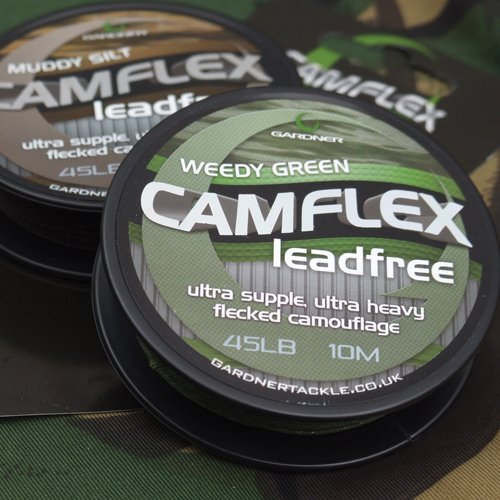


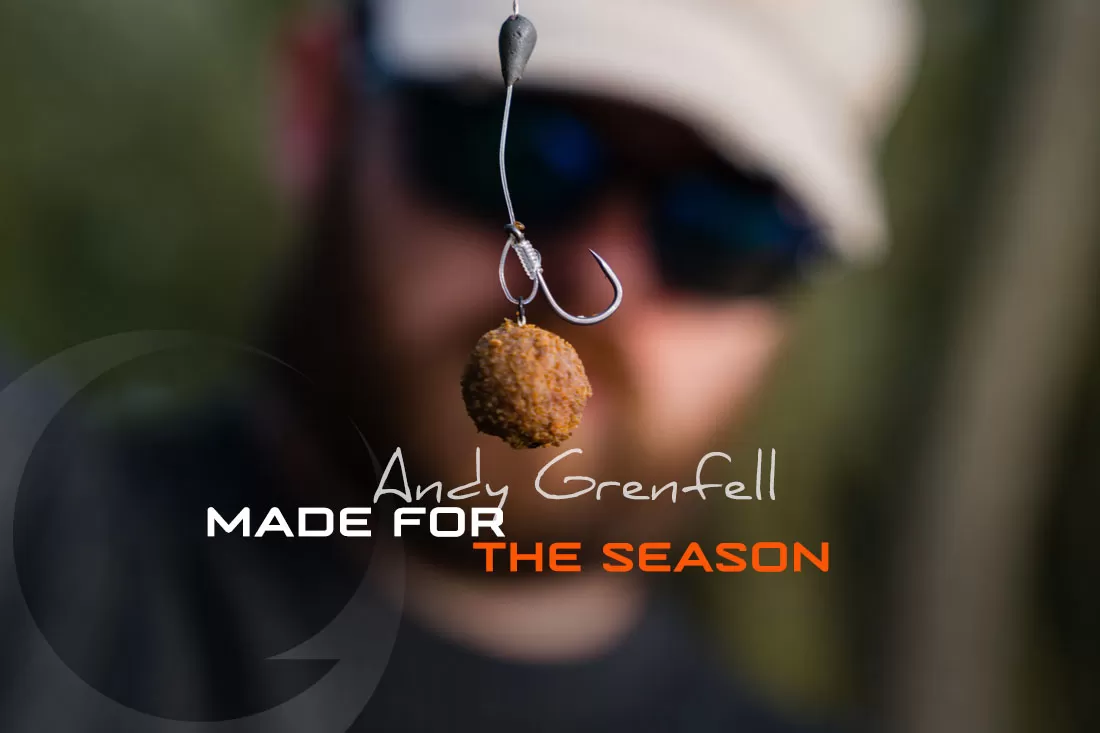
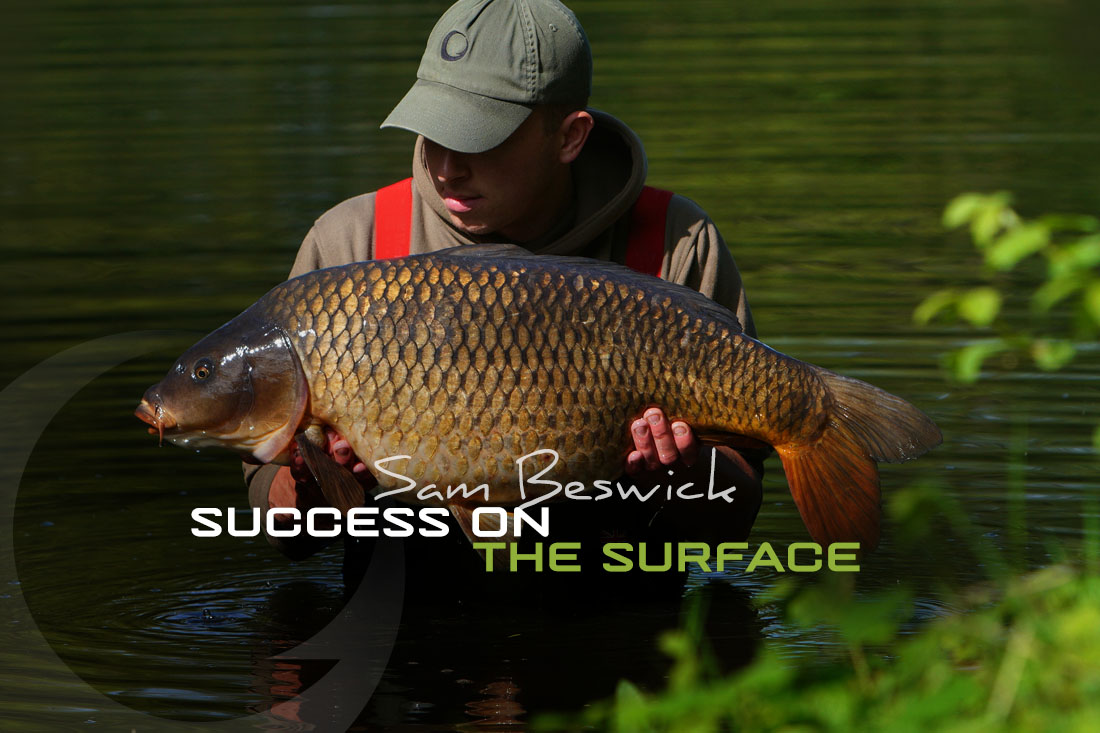

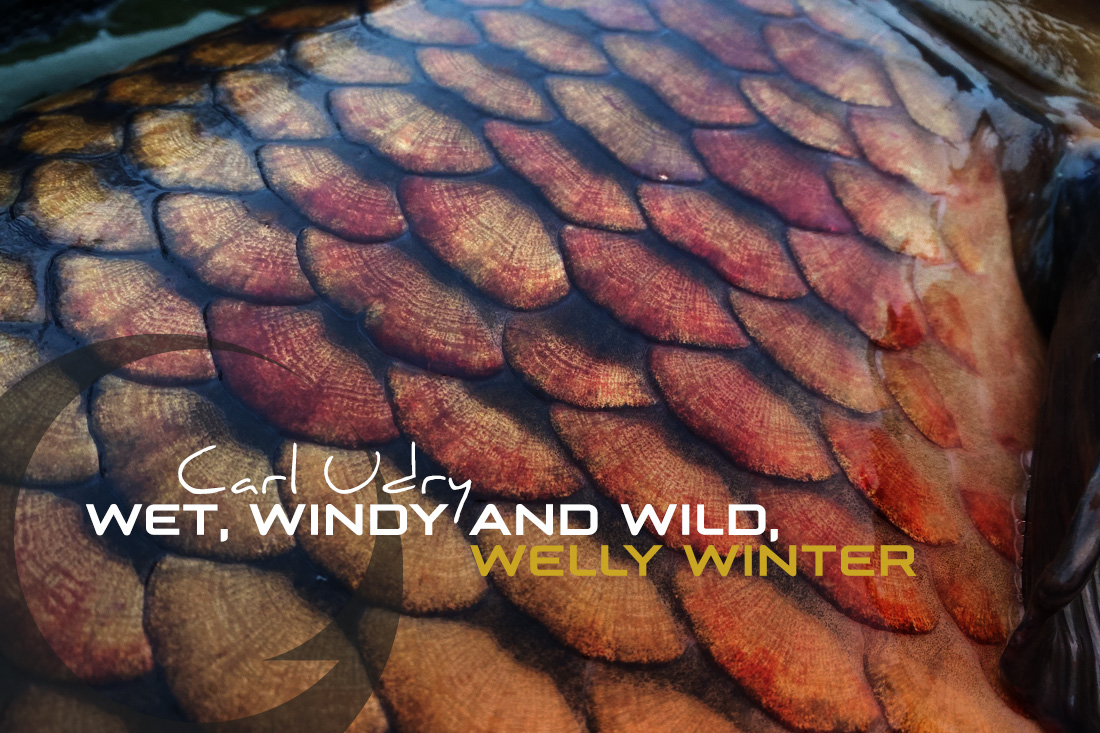
Leave A Comment
You must be logged in to post a comment.